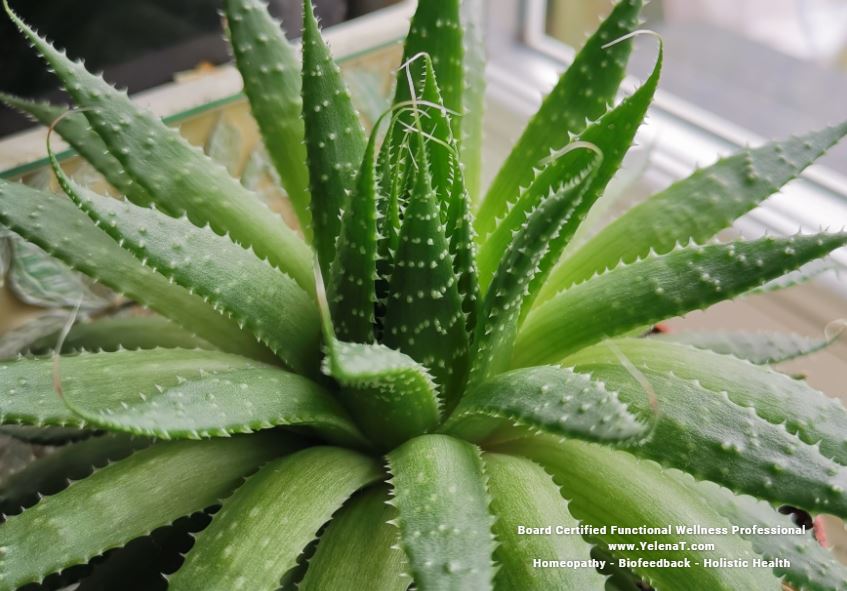I am sure that many of you are familiar with Aloe vera. And I guess many of you have seen its actual form or structure. But, did you know that Aloe vera has a particular role played in the field of science and medicine? Are you aware that Aloe vera is one of those well-known medicinal plants that provide certain health benefits? Well, then read on for some facts about it.
Historically, there are several names for Aloe vera in Africa, where it is said to have originated. In the area, aloe is known as the lily of the desert, the plant of immortality, and the medicine plant. It is then believed that its name originally came from the Arabic term ‘bitter’, for Aloe vera’s bitter liquid that is particularly located in the leaves.
Aloe vera has an estimated 500 species growing in climates in the world. For the ancient Greeks, Arabs, and Spaniards, Aloe vera is commonly used throughout the millennia, and African hunters until now still rub the plant gel on their bodies for the purpose of lessening perspiration and their scent.
The plant is said to be separated into two main products, and these two include gel and latex. In terms of the plant’s gel, it is interesting to know that it is the leaf pulp and is a thin clear jelly-like substance that is specifically taken from the parenchymal tissue that composes up the inner parts of the aloe leaf. The gel is composed of carbohydrate polymers, like glucomannans or pectic acid, and other several organic and inorganic compounds. On the other hand, Aloe vera latex is commonly known as aloe juice and it is bitter yellow exudates from the pericyclic tubules which are found just beneath the outer skin of the aloe leaves. It is both the gel and latex that are used by most Aloe vera consumers today.
It is believed to have given some health benefits to those who have had it applied. It is considered by some researchers that the clear gel has the capability to heal wounds, ulcers, and serious burns by just placing an amount or a protective coating on the affected portions and it speeds up the healing rate.
This plant generally composes 96 percent water and the rest of it is composed of active ingredients which involve essential oil, amino acids, minerals, vitamins, enzymes, and glycoproteins. Due to its effectiveness in healing wounds, ulcers, and burns, many people used it including contemporary healers since the 1930s. In fact, from that time until today, several liquid health treatments coming from Aloe vera have been made and some of them are blends of aloe juice and other plants and herbs. Aloe vera juice is beneficial because it calms digestive tract irritations, like peptic ulcers and colitis.
Aloe vera, being a food supplement, is in fact said to assist in blood and lymphatic circulation, kidney, and gall bladder functions and it facilitates digestion. And since it has a moisturizing effect on the skin, the plant is a common remedy for sunburn and skin irritation. So if you want to feel the effect of it, just remove the thin outer skin and process the leaf gel in a blender, then add 500 units of vitamin C powder to every cup and finally store it in the refrigerator.
I hope you found this information helpful. If so, please share it with your friends and family.
Have a Beautiful Day!
If you need any additional support, schedule your complimentary consultation today: https://bit.ly/Free_15min








